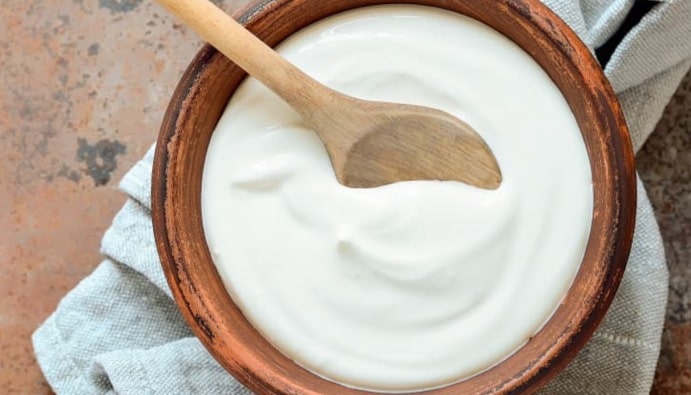
BLOG
KATEGORİDEKİ DİĞER YAZILAR

The TS 1330 standard includes yogurt content, sensory conditions and yogurt analysis. According to the TS 1330 standard, the yogurt to be offered to the consumer must meet the following conditions. Determination of acidity in yogurt (in soxhlet-henkel-SH) is based on the following analysis principle:
- The sample is mixed well, 10 g is weighed into a beaker.
- The sample is boiled on and heated to 40°C. Add 10 ml of chilled distilled water and mix thoroughly with a glass baguette.
- 0.5 ml of phenolphthalein solution is added.
- Titrate with 0.25 N sodium hydroxide solution for at least 30 seconds. Permanent light pink color should be formed.
- The amount of sodium hydroxide consumed is multiplied by 10 to find the acidity level of 100 g yoghurt, and it is found as °SH.
% Acidity= SHx0,0225
The acidity ratio in yogurt should be as follows
- According to the Foodstuffs Regulation and TS 1330 Yoghurt Standard, lactic acid should be at least 0,8% by mass - maximum 1.6%.
- According to Turkish Food Codex Communique on Fermented Milk, this value should be at least 0.6%.
You can consult Nanolab Food Analysis Laboratory for Determination of Acidity in Yogurt.